Mycena haematopus
Scientific name: Mycena haematopus (Pers.) P. Kumm.
Derivation of name: Mycena is derived from the ancient
Greek word for
mushroom. Haemat- means "blood
or "blood red"
and refers to the exuded blood-red latex
where cut.
Synonym: Agaricus haematopus Pers.
Common name(s): Bleeding mycena.
Phylum: Basidiomycota
Order: Agaricales
Family: Mycenaceae
Occurrence on wood substrate: Saprobic; solitary to
typically in clusters on well-decayed wood; June through
September.
Dimensions: Caps 1-5 cm wide; stipes 2.5-10 cm long and
1-3 mm thick.
Cap: Dry; reddish-brown at center to reddish-gray near
margin.
Gills: Attached; whitish, staining reddish-brown; edges
minutely cottony-white.
Spore print: White.
Stipe: Brownish to reddish-brown.
Veil: Absent.
Comments: Both cap and stalk exude a red latex where cut.
The occurrence of this latex together with the wood substrate
make this one of the more easily identifyable Mycena
species. Mycena sanguinolenta (bleeding bonnet) is very
similar but has dark red gill edges (margins) and occurs
on the ground in leaf litter or beds of moss.
More information at MushroomExpert.com:
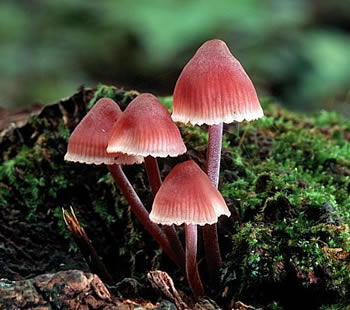
Figure 1. A striking cluster of bleeding mycena on wood.
Photo
© Pam Kaminski.
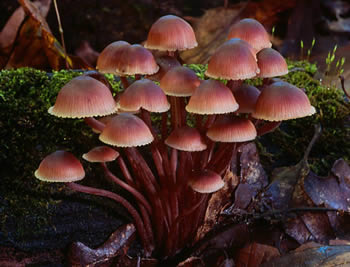
Figure 2. Note the paler, striate margin.
Photo © Pam Kaminski.
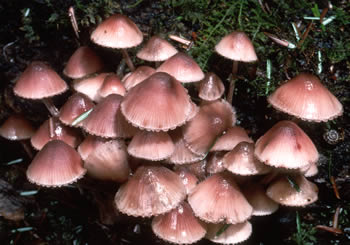
Figure 3. The uneven color and darker stained areas on the
caps is part of the color variation for this species.
Photo © William Roody.
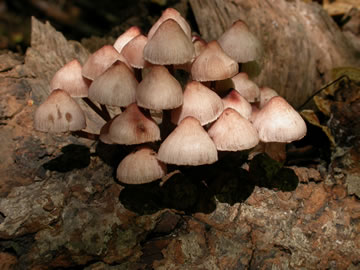
Figure 4. The color of the caps fades with age although
isolated darker blotches are often present even on older
specimens. Photo
© Gary Emberger.
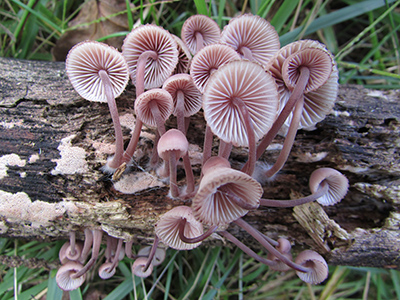
Figure 5. This award-winning photograph of Mycena
haematopus features the whitish gill edges (margins) characteristic
of
this species. Photo
© Maricel Patino.
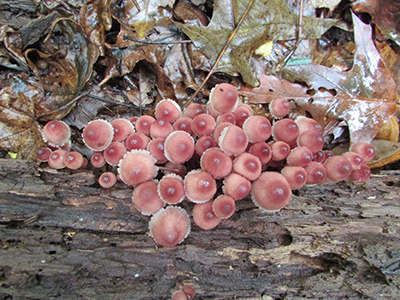
Figure 6. A prolific cluster of bleeding mycena mushrooms.
Photo
© Maricel Patino.
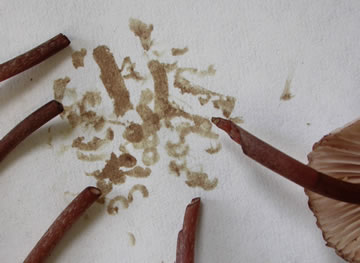
Figure 7. The dark red juice from the cut stipes applied to a
piece of paper illustrates why this species is called the
bleeding mycena.
Photo
© Gary Emberger.
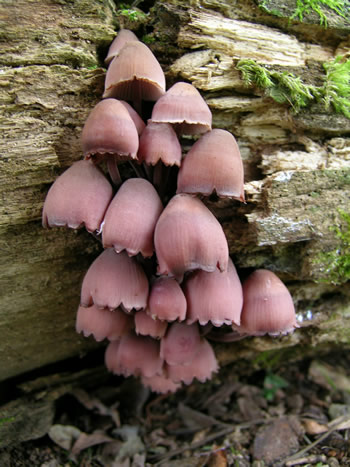
Figure 8. You can almost see the blood-red latex inside
the caps. Photo © John Dawson.
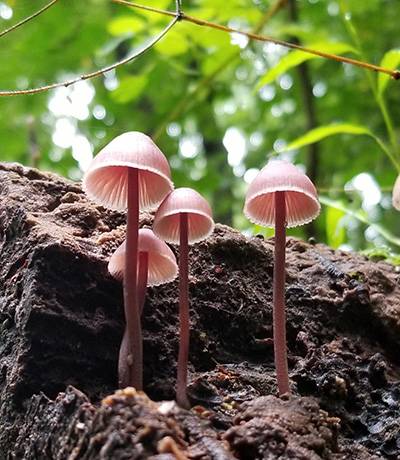
Figure 9. With light from above and behnd, the photographer
captured a beautiful image of Mycena haematopus.
Photo
© George Morrison..